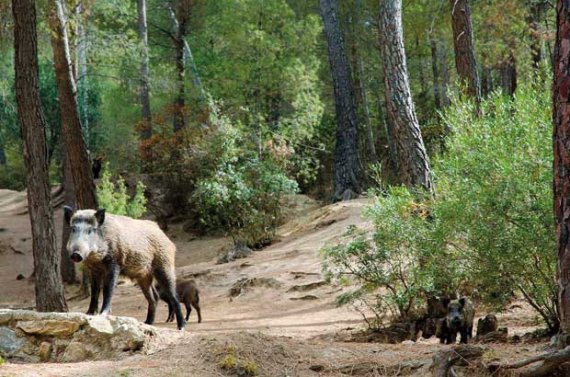How has the pig genome changed through the centuries as a result of domestication and selection? That was the key question for Martien Groenen when deciphering the pig genome, the results of which were published in Nature in mid-November. This is why the international Swine Genome Sequencing Consortium, in which he plays a leading role, has not only mapped the basic pig genome but has also analysed dozens of genomes for wild boar and domesticated pigs. As a result, the researchers now have a mass of genetic data on pigs. The most striking findings will shortly be clarified in a series of around 20 scientific papers. For example, the consortium discovered that pigs have more receptors for smelling chemical compounds than humans and other farm animals. That is only to be expected, says Groenen, because wild pigs root around for their food in the ground and they need their sense of smell to do that. On the other hand, pigs have fewer genes than humans for determining food’s taste. Groenen thinks this would have been an advantage in the domestication of pigs because over the centuries these omnivores have usually been fed with what has been discarded by humans.
Pigs became longer
Working with Swedish and Danish researchers, Groenen found that one difference between wild boar and pigs as farm animals is that the body length of pigs is longer than that of their undomesticated forebears. The comparison of the genomes of wild boar and farm pigs showed that the process of domestication involved the selection of pigs with one or two more vertebrae. Groenen worked this out by comparing 50 pig genomes, each with 21,640 genes and 2.8 billion base pairs. The idea is that this genetic data will also provide practical information for pig breeding in the years to come. The focus will be on complex characteristics that are controlled by a network of genes. For instance, Groenen hopes to find the genes that strengthen a pig’s immune system, protecting it from harmful viruses, in the search for robust breeds of pig that need less medication. Furthermore, the breeding company TOPIGS is already looking for the genes that cause boar taint in an effort to ensure the quality of meat from uncastrated boars.

